
"An Electric Kettle People Will Want to Buy Next" As Our Goal
The official company name of Zojirushi (in Japanese) is “Zojirushi Mahobin.” Electric kettles and electric pots, which are the modern versions of it (mahobin or vacuum bottle), are close to our starting point. However, investing too much emotion into them can make us lose sight of the feelings of the customers, which are more important. As a result of our pursuit of functions that cannot be found anywhere else, such as “we must persist with the heat retention function if it is a Zojirushi product,” we found ourselves short of products that would meet the needs of customers who prefer simplicity.
This time, we therefore started development from the standpoint of users who use kettles in a simple manner, asking “what would they like to buy the next time?” while assuming our customers are quite familiar with electric kettles. We decided to develop the product from scratch, both in shape and content, so that they would definitely want to choose it the next time even if they might not choose it now.

(Above) Our first-generation electric kettle (CK-BA10) released in 2008

(Above) Color variations of the first-generation electric kettle
Hidden Complaint Regarding the Spout
The first thing we did was to learn all we could about the kind of real daily use by customers who currently use electric kettles. Through the course of various questionnaires and interviews, we began to realize the fact that “most households leave their electric kettle out.” “They often cover the kettle with a cloth to protect them from dust,” and “they only wash the tip of the spout before using the kettle.” Hidden behind such usage was a complaint, “dust gets in through the spout.”。
An important function for an electric kettle is “to boil quickly.” For all its simplicity, there is little difference in functions among the products lined up at the store. However, “cleanliness” is surely a feature that everyone wants. A dust-prevention lid on the spout saves the user time and trouble for one task. This was a major factor in the development of the new product.

A Shape and Price that Makes People Want to Use
“If we are going to put a lid on it, what shape should it be?” The strength of this team is that the planning and development staff are quite close and feel at ease to talk to each other. Instead of holding a meeting, they can sit by their desks and frequently exchange comments such as “How do you open this lid?” and “Look what I came up with.” A range of ideas were input from various staff members to create a better shape, such as interlocking a part with the lock button and the angle of the lid when open.
Another theme in this new model was to “keep the price low.” A good balance between quality and price is an important requirement of a product in order to be chosen by customers in addition to having good quality. While staring at the previous model, we thoroughly examined what could be changed. After reducing the number of parts as much as possible to keep manufacturing costs down, there was an added bonus of weight reduction.

A New Sense of Security Along with Safe Design
Naturally, we must never risk the most important features, which are safety and security, even if we cut down on functions and parts. “The hot water does not easily spill even when the kettle is accidentally tipped over*2,” “You can pour while supporting the unit’s body with your other hand since the outside doesn’t get too hot*1,” “Damage to surfaces of furniture and condensation can be prevented because not much steam is generated,” etc. As with previous models, Zojirushi’s unique safety designs were thoroughly passed down. In addition, with this product, we were able to add a sense of security that is obvious at a glance as “hot water is ready to be poured,” since the lid opens in an interlocked movement when the lock is released.
As you can see, even after the overall design was decided upon, we repeatedly made prototypes and adjustments in order to meet the original test requirements of Zojirushi, which are stricter than industry standards. We checked and ensured each item, such as whether there was any leakage of hot water or steam, whether the switches worked smoothly, etc. as we approached completion.

A Design You Want to Show Off
Incidentally, the rounded and gentle form of the product, together with the lid, which the development staff called the “beak,” is also a charm point of this product. The somewhat ceramic-like appearance, and its sedate color variations including navy and beige. We aimed for a design that would bring warmth to any meal or tea scene, even when left out on the dining table.
As a product design is finalized, it is often not possible to maintain the shape the designer had first envisioned. Through a series of exchanges, such as “Let us make a few changes” and “This part is non-negotiable,” we find the right balance between function and design through fine-tuning.

(Above) Rounded and gentle form

(Top) Ceramic-like appearance (Bottom) Lid part called the “beak” by development staff
Achieving Excellence That is Understood Through Continued Use
As a company, we should probably encourage people to “buy new products and replace old ones as often as possible.” However, those of us who were involved in developing this product are filled with a desire to have people “use it with familiarity for a long time to come.” Safety, security, and ease of use, things that we place the utmost importance on, are not tangible. Nevertheless, we believe that they are something that cannot be thought lightly of when we use an item many times a day.
When people think about buying the next one after using our kettle for a long time without any problems, they might think, “This kettle was worth buying,” or “We should choose Zojirushi again the next time.” That is our ideal. With this ideal in mind, we will continue to create products that people will want to use forever.

 World Wide
World Wide

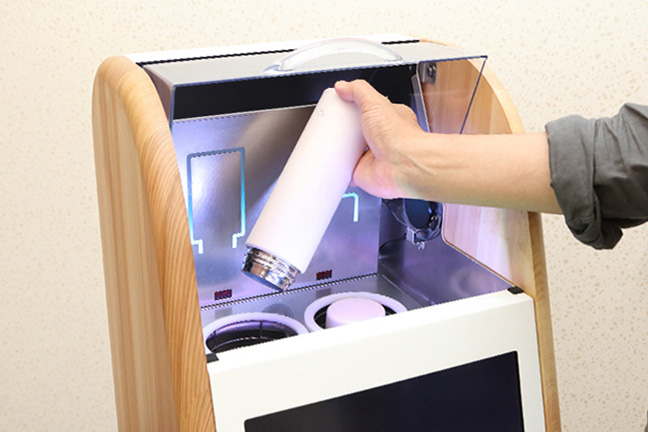
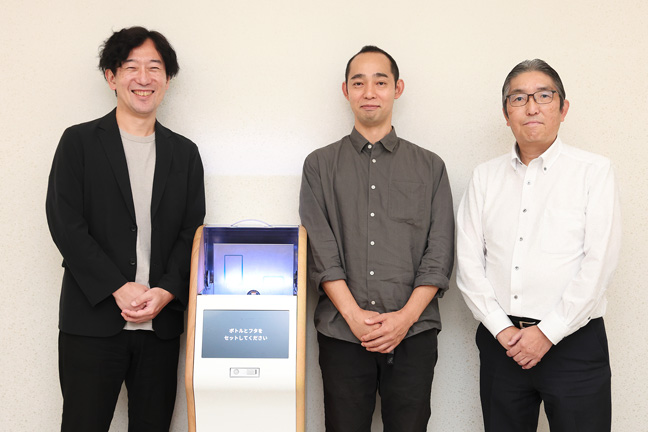

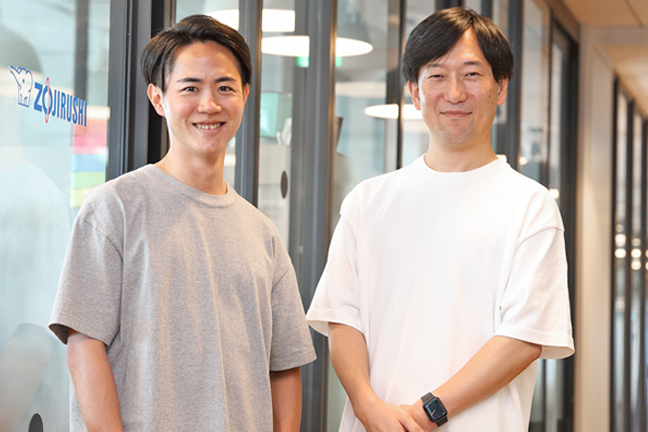

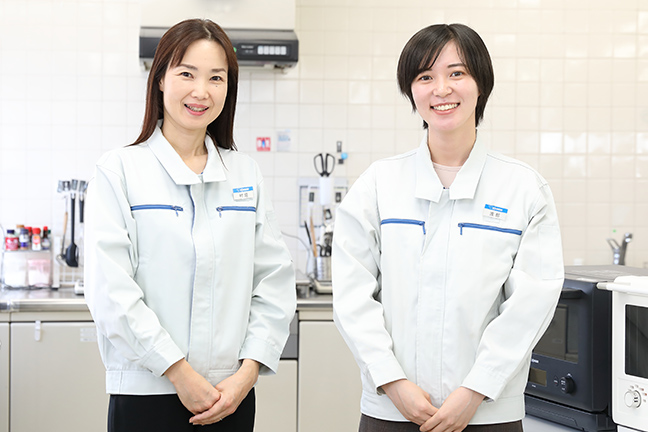

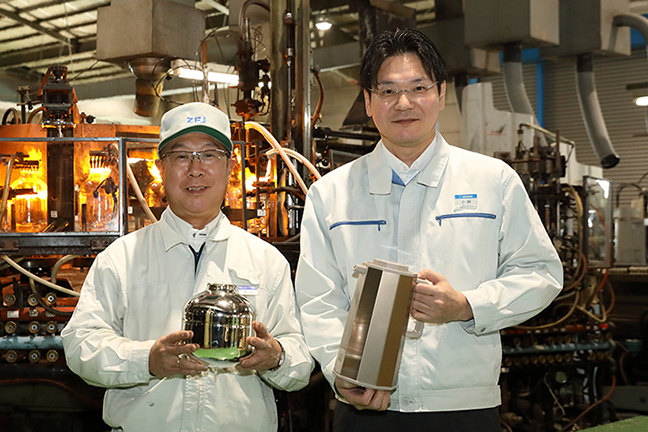

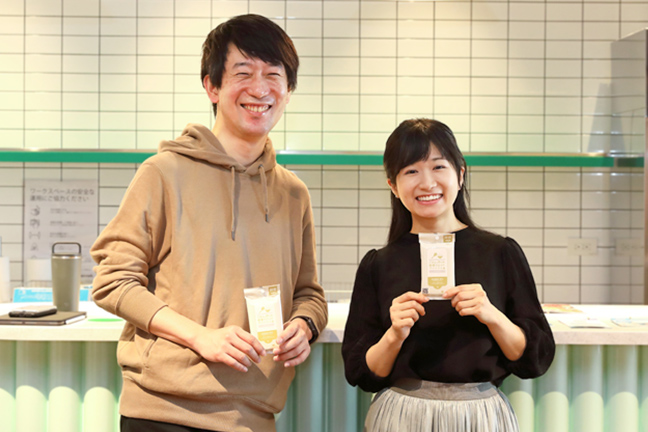

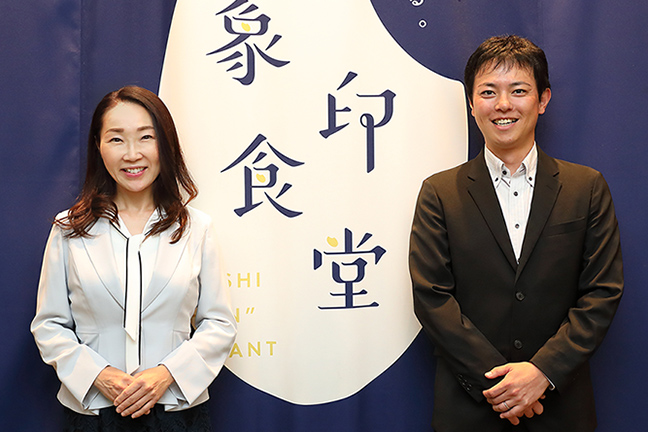
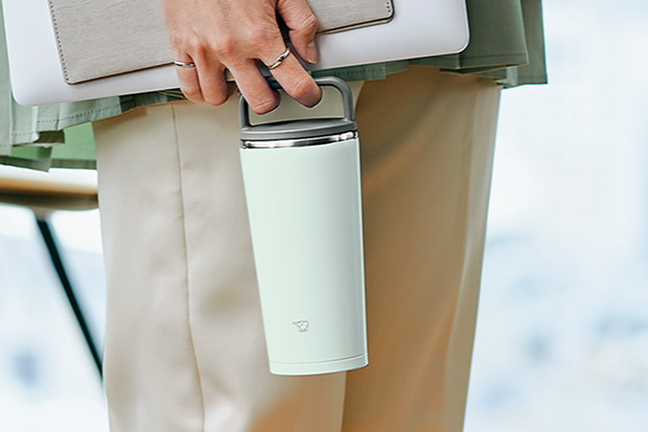
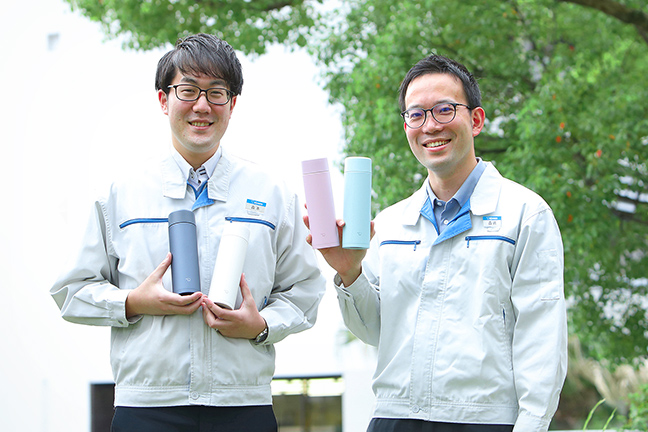
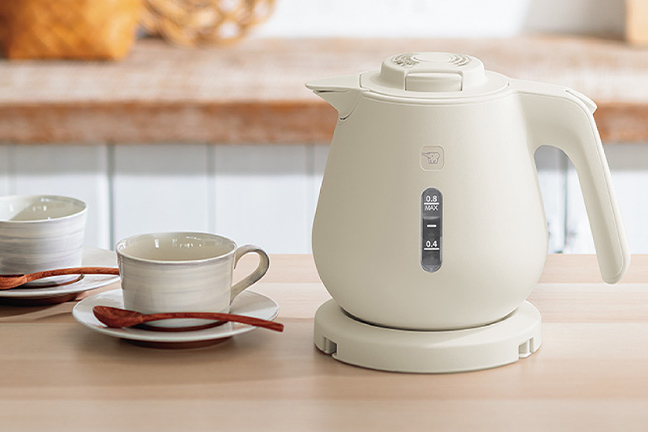
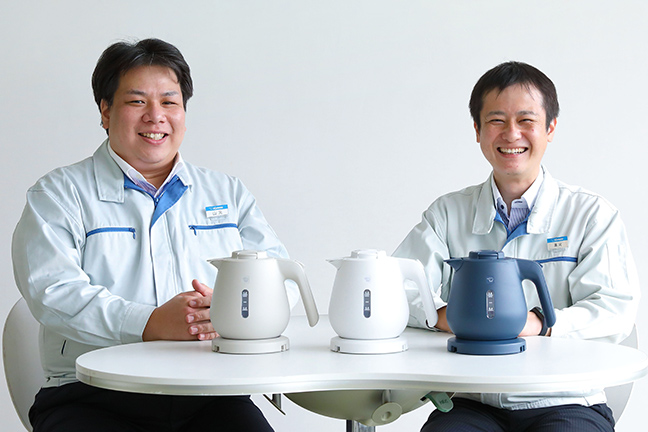
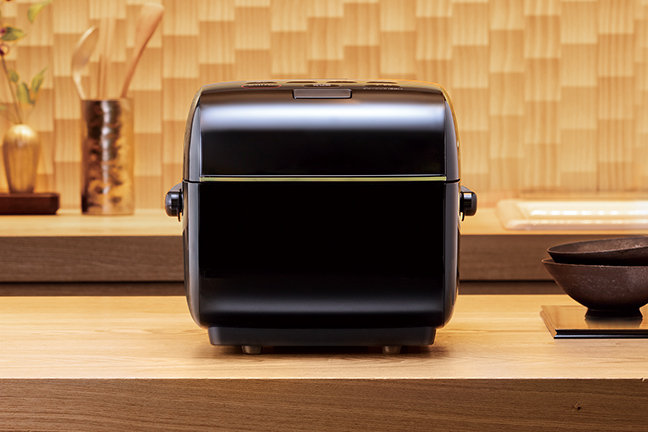
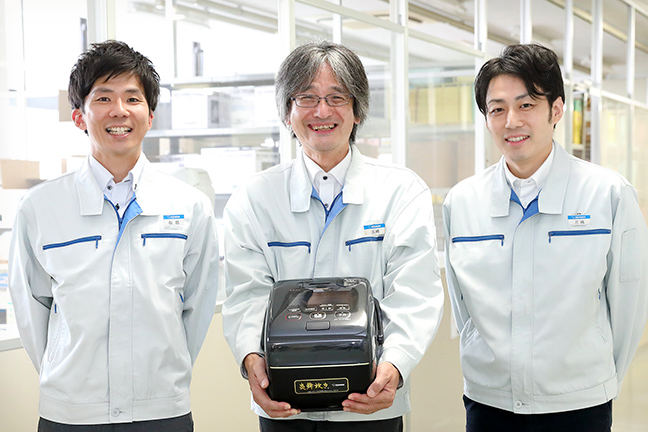
“Just-Between-Us Story”
in Manufacturing at Zojirushi
“Since many of us have a positive attitude toward any difficulties we face, development progresses thanks to our willingness to take on new challenges in order to create something good.”
Kenya Kurokawa in charge of design and development
“To be honest, there are times when I think this might not be possible, but it feels great to overcome a difficulty through persistent individual effort and teamwork.”
Shingo Yamamoto in charge of product planning
The departments and contents of this document are as of the time of the interview (October 2021).